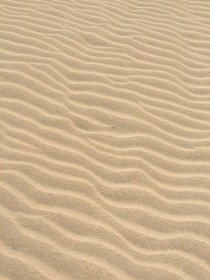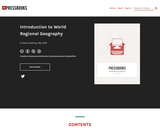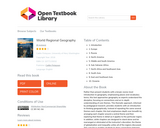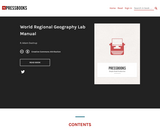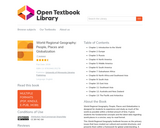
This open access book approaches the anxieties inherent in food consumption and production in Vietnam. The country’s rapid and recent economic integration into global agro-food systems and consumer markets spurred a new quality of food safety concerns, health issues and distrust in food distribution networks that have become increasingly obscured. This edited volume further puts the eating body centre stage by following how gendered body norms, food taboos, power structures and social differentiation shape people’s ambivalent relations with food. It uncovers Vietnam’s trajectories of agricultural modernisation against which consumers and producers manoeuvre amongst food self-sufficiency, security and abundance.
Food Anxiety in Globalising Vietnam is explicitly about ‘dangerous’ food – regarding its materiality and meaning. It provides social science perspectives on anxieties related to food and surrounding discourses that travel between the local and the global, the individual and society and into the body. Therefore, the book’s lens of food anxiety matters for social theory and for understanding the embeddedness and discontinuities of food globalizations in Vietnam and beyond. Due to its rich empirical base, methodological approaches and thematic foci, it will appeal to scholars, practitioners and students alike.
- Subject:
- Agriculture
- Career and Technical Education
- Cultural Geography
- Natural Science
- Nutrition
- Social Science
- Material Type:
- Reading
- Author:
- Judith Ehlert
- Nora Katharina Faltmann
- Date Added:
- 04/30/2019
